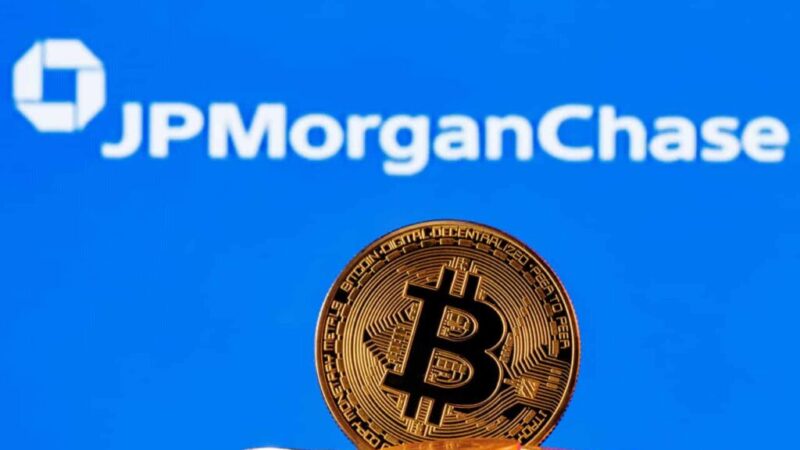crypto futures: Why are Indian traders flocking to crypto futures over spot deals?
Synopsis
Crypto futures trading in India is surpassing spot deals. Traders are drawn to potential profits and lower taxes. Futures volumes now exceed spot volumes significantly. Domestic platforms accept Indian rupees for margins. Tax benefits exist as TDS is not applicable on futures transactions. The Central Board of Direct Taxes is examining crypto derivatives and cross-border transactions.
Mumbai: In India’s discreet, and sometimes furtive, world of cryptocurrencies, a new story is playing out. Crypto futures trading has whizzed past spot deals across all local exchanges offering derivatives of virtual digital assets (VDAs).
A crypto rally, traders getting a taste of profits, escaping the high tax deducted at source (TDS) and paying a lower tax on profits have tempted many to try their luck on futures. The charm of betting big with little money has pushed up futures volumes to three times or even more of spot volumes.
Futures are leveraged trades where traders can take exposure of as high as 10 to over 50 times the margin amount they chip in, as against a spot transaction where the full consideration is paid. Here, the leverage is far higher than stock futures. Globally, some exchanges allow 100 times leverage.
Crypto TrackerTOP COINS (₹) Bitcoin9,615,635 (-2.64%)BNB73,553 (-3.67%)XRP252 (-4.29%)Ethereum384,250 (-7.39%)Solana16,457 (-8.01%)Besides a bullish market, what also fuelled futures in over the past few months is the readiness of domestic platforms to accept margins in Indian rupees.
Did you Know?
The world of cryptocurrencies is very dynamic. Prices can go up or down in a matter of seconds. Thus, having reliable answers to such questions is crucial for investors.
View Details »In crypto exchanges abroad, stable coins like USDT (and not fiat currency) are placed as futures margins. In India, exchanges spend the INR received as margin from traders to buy USDT, and cut a countertrade with a large global exchange like Binance to execute the futures trade. Thus, INR is converted into USDT to access a larger futures order book.
Live Events

Crypto exchanges in India do not disclose daily trade volumes, it’s estimated at $3-5 million for each of the half a dozen top exchanges. Exchange officials prefer not talking about futures, but three industry sources confirmed that volumes on larger platforms have touched at least three times the respective spot volumes in recent months. Of late, few exchanges have been advertising futures on social media and OTT platforms.
Crypto deals attract a TDS of 1% which, deducted from sale proceeds, is paid irrespective of whether money is made. However, no TDS is paid when a trader unwinds positions in futures as trading in a crypto derivative, though deriving its value from a crypto as underlier, does not result in VDAs changing hands.
“When the margin for a VDA futures is denominated in INR, the profits or losses are determined by the price movement of the underlying VDA. But, the investor neither buys nor sells the VDA itself. TDS u/s 194S is applicable to the amount payable against ‘transfer’ of VDA and no transfer of VDA is involved in futures transactions,” said Purushottam Anand, advocate and founder of Crypto Legal.
An exchange would be paying TDS at the initial stage when the INR margin money is used to buy stable coins from a local seller to put through the futures trade. Once the USDT coins are acquired, the same margin can be used for buying and selling futures multiple times as long as the margin amounts back the exposure level at any given point. However, similar buy-sell trades in the spot market would attract TDS every time the trader sells.
“For the same reason (in the tax law), even the 30% crypto tax u/s 115BBH does not apply to these transactions,” said Anand. A crypto futures trader may be in a position to avoid the flat 30% tax imposed on profits from sale of VDAs. Gains from futures are shown as ‘income from other sources’ which is taxed on the basis of the income slab. So, a trader may use the account of a non-earning family member, who is on a lower tax slab, to pay a lower than 30% tax on his crypto profits.
As crypto exchanges remain unregulated, there is no compulsion on them to report their volumes. Also, since cryptos are neither currency nor recognised as ‘securities’ (under the Securities Contracts Regulation Act), tax laws are interpreted in a way to give a differential treatment to VDAs and derivatives linked to VDAs. More recently, crypto option trades have begun in a few exchanges.
Significantly, in what appeared to be a fact-finding exercise before a possible regulatory framework, the Central Board of Direct Taxes has recently asked cypto platforms whether there was lack of legal clarity in derivatives, cross-border VDA transactions, and even in the very definition of VDA.
